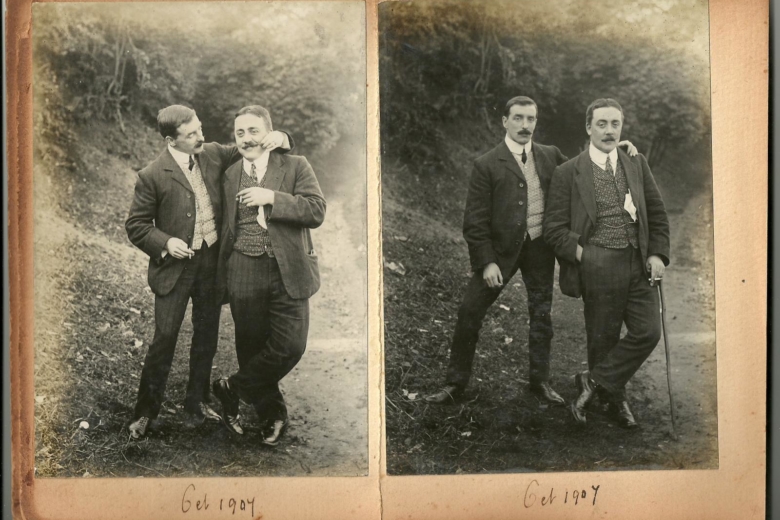IDENTIFYING AGE OF OLD PHOTOGRAPHS
Identifying the age of the old photographs can be done by examining the following characteristics of the photo: the color of the borders, the thickness and the style of the photo paper, the type of photo corners (rounded vs square corners) and paper processing.
If you are seeking some chronology with your photos you can use these tips and some history to try to piece it together.
Firstly, make sure to check everywhere, not just the back of the photos. Sometimes processors will stamp the date somewhere less conspicuous or there could be something written under the flap of an envelope:
Where did you get the photo? Is there a place a photo could have fallen out of, like an album with similar contextual photos?
Is there another labelled envelope that has similar types of images that could be from the same trip or time period?
Are there development dates stamped somewhere?
On photos the dates could be on the front or back
Slides could have numbers stamped into the cardboard mount
Sometimes the sleeves negatives are stored in have dates printed on plastic.
Firstly, make sure to check everywhere, not just the back of the photos. Sometimes processors will stamp the date somewhere less conspicuous or there could be something written under the flap of an envelope:
- Where did you get the photo? Is there a place a photo could have fallen out of, like an album with similar contextual photos?
- Is there another labelled envelope that has similar types of images that could be from the same trip or time period?
- Are there development dates stamped somewhere?
- On photos the dates could be on the front or back
- Slides could have numbers stamped into the cardboard mount
- Sometimes the sleeves negatives are stored in have dates printed on plastic.
Paper Photographs
Dating by Photo Type
Carte de Visite– Small photos mounted on cardboard. Popular in Europe, particularly France, in the mid 1850s-1890s
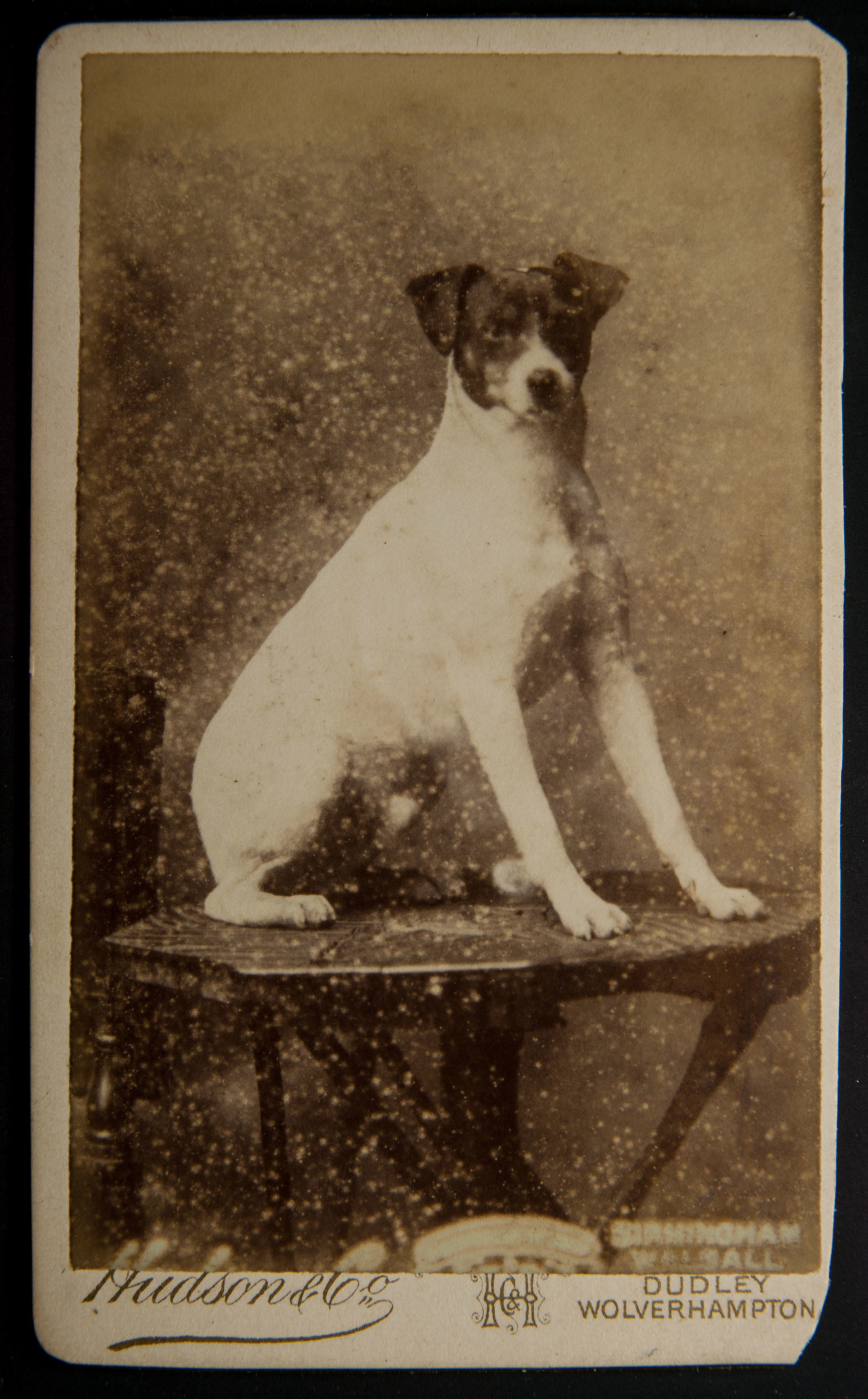
These photos wouldn’t be any older than 1854, as this type of photography was patented in that year. They are older and smaller than “Cabinet Cards” measuring only about 2” x3.5” inches and mounted on 2.5” by 4” cardboard. Photos tend to have a reddish or purplish sepia toning.
Cabinet cards are similar in style to Carte de Visite, using the same photographic process and still mounted, however the prints are significantly larger at 4.5” by 6.5”.

While these existed in the 1860’s (first appearing in the UK in 1863, and the US in 1866) they became the more popular format by the 1870’s and 1880’s and essentially ruled out the carte de visite. This style remained popular through the twentieth century, with the last one being produced around 1924.
So how can you tell when yours are from?
Most images before the 1870’s have a sepia tone.
During the 1880’s and 90’s the process changed from albumin to gelatin and photos started moving towards black and white, though it might have a greenish tint. This photography style reached peak popularity in the 1880’s.
A “true” black and white image will have been produced in the 1890’s or later- likely the early 1900s.
For more specifics on dating your cabinet cards based on borders, card stock and colors, and photographer letters, check out this article on Thoughtco.
Tin types are images printed directly onto thin sheets of metal- which contrary to the name, were actually printed on a lacquered iron, not on tin. They ranged in size from 1”x 2” to 6” x 8” depending on what fraction of the metal plate was used. They first appeared in 1856 and were most popular between the 1860s and 1870s. Though they were available through the 20th century, they declined in popularity during the 1870s. During its height, this photo medium was popular at carnivals and fairs but also was used to document the civil war.
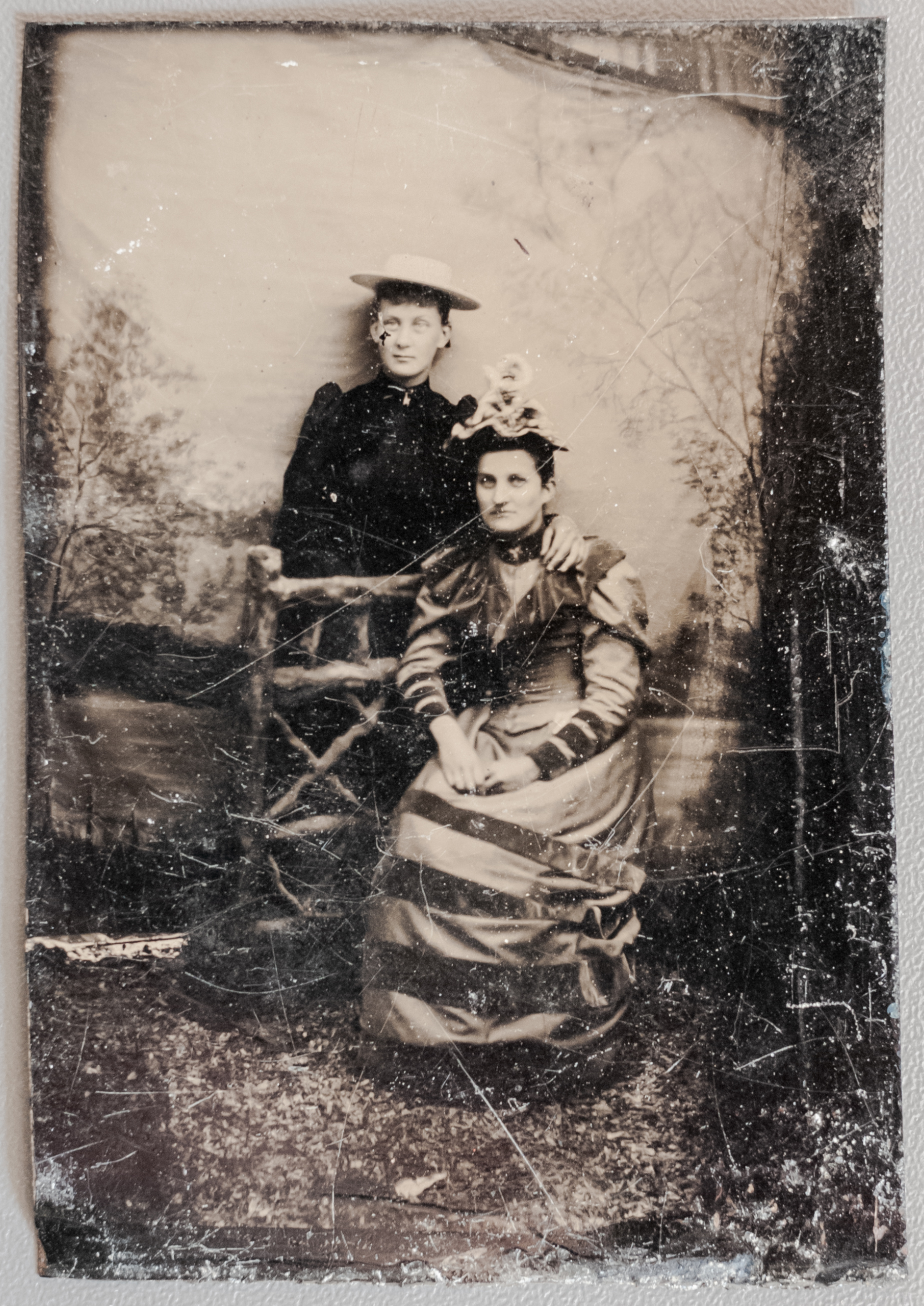
Early gelatin prints have obvious silver deposits, which show up very visibly in scans. If these usually posed portrait photos are mounted on thicker paper – instead of cabinet card style- they are probably from c. 1930s/1940s or even earlier.
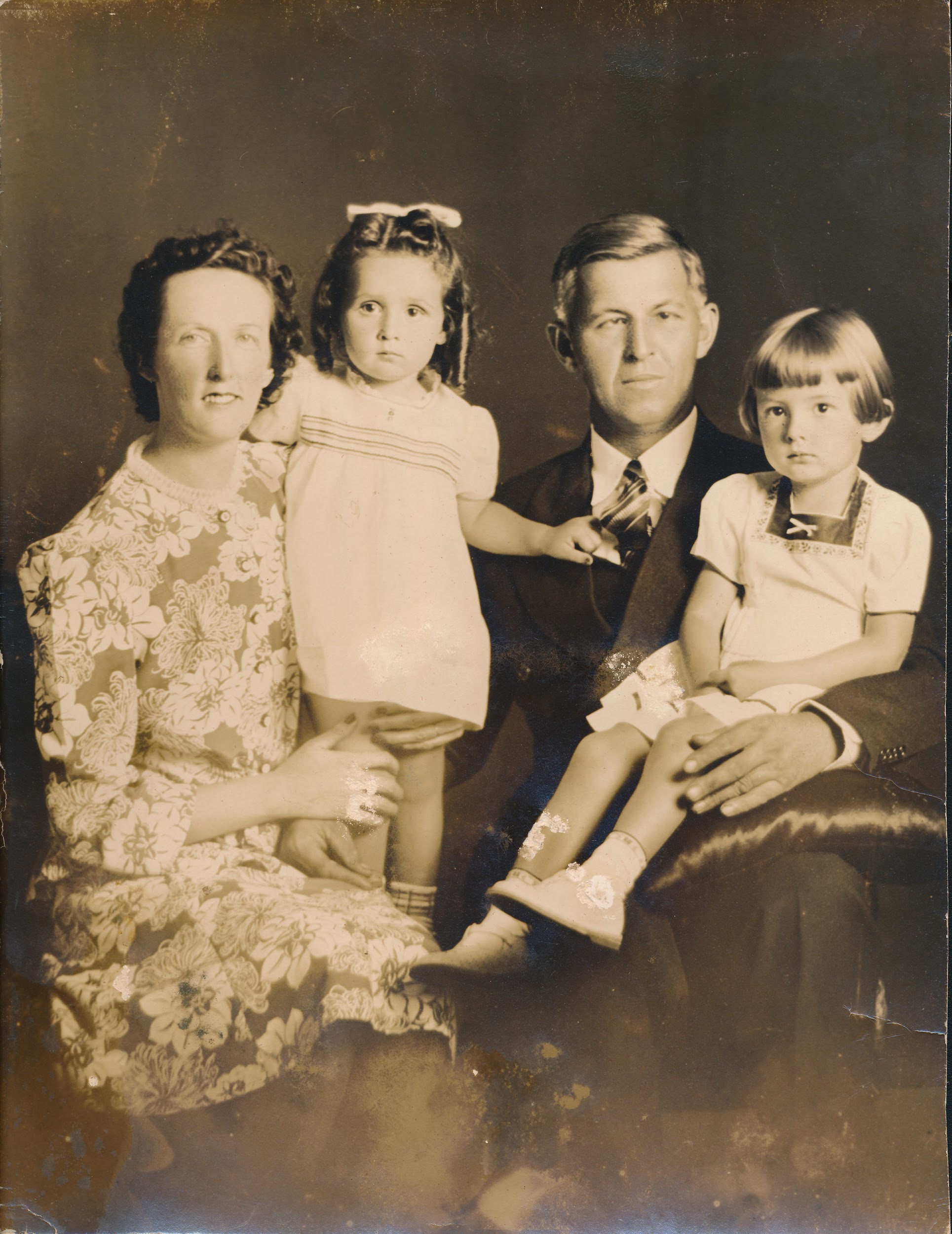
Silver deposits cause blueing of the shadows when reflecting light
Dating by Edges and Borders
We couldn’t find any research on this information already out there on the internet so we turned to our own collections and experience to glean what decades certain trends were popular. Though many of these trends transcended multiple decades here are a few visual examples with concreted dates:
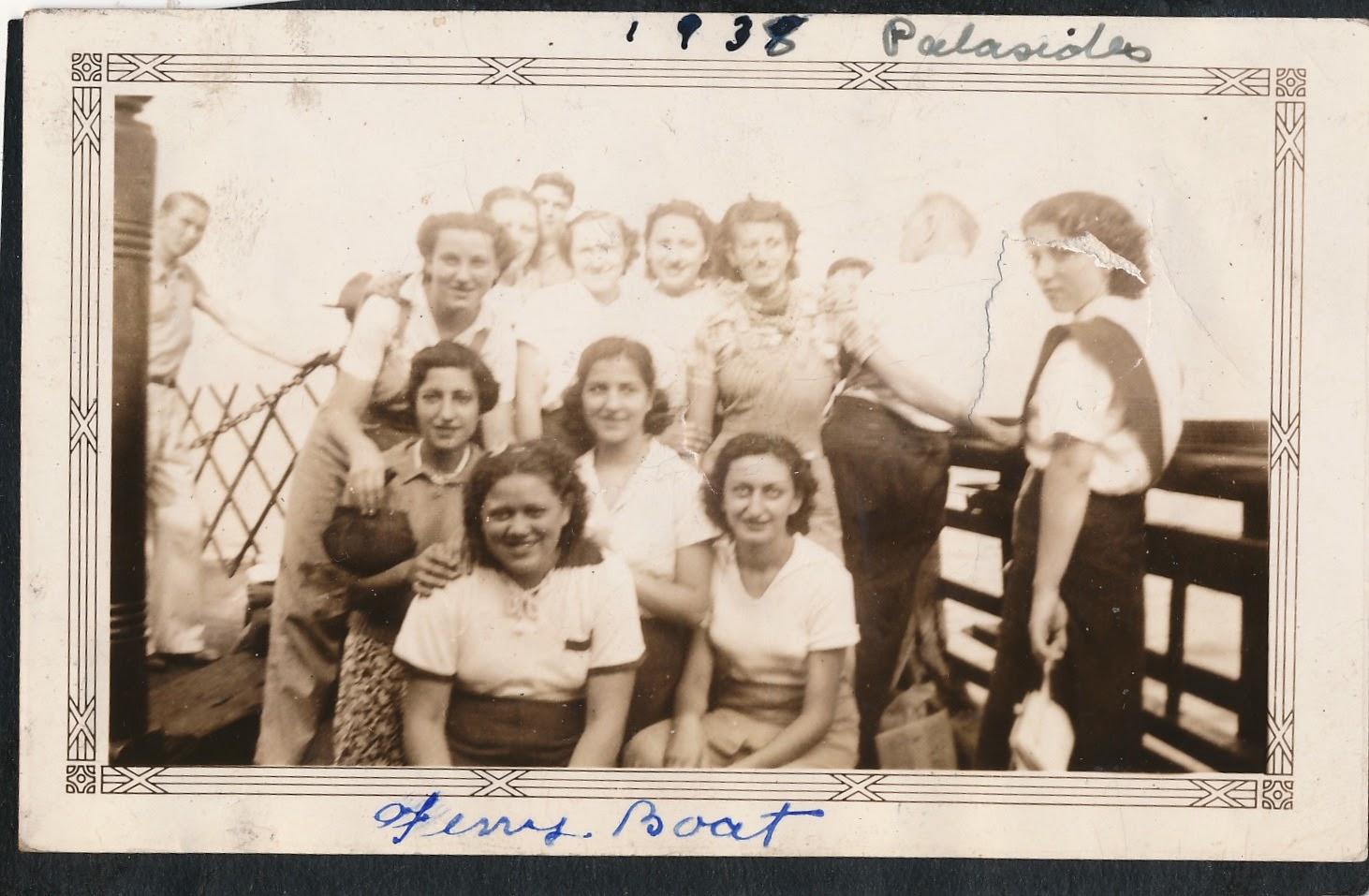
Toned photos with decorative borders: 1930’s

Black and white prints with scalloped borders: 1940’s
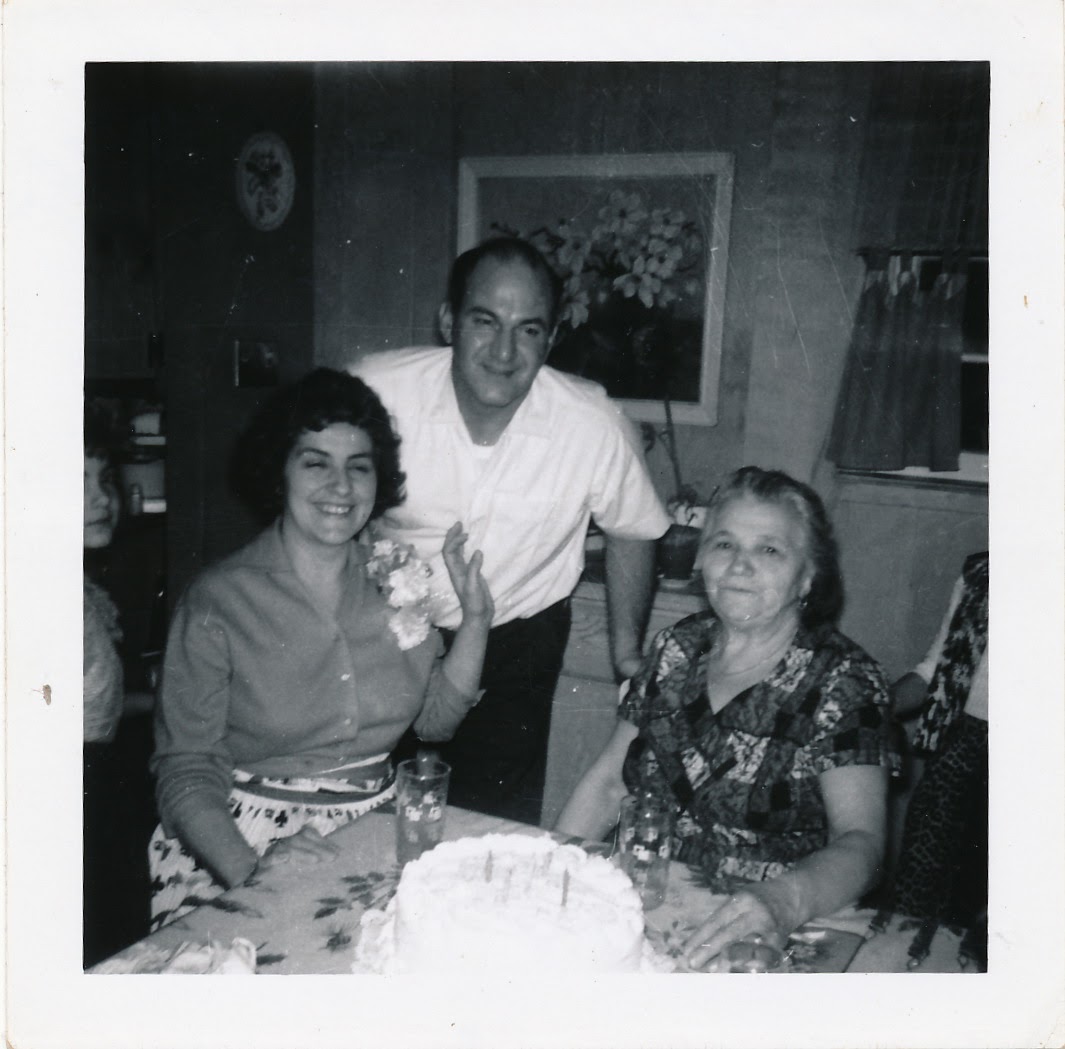
Square with white borders (black and white): 1960s
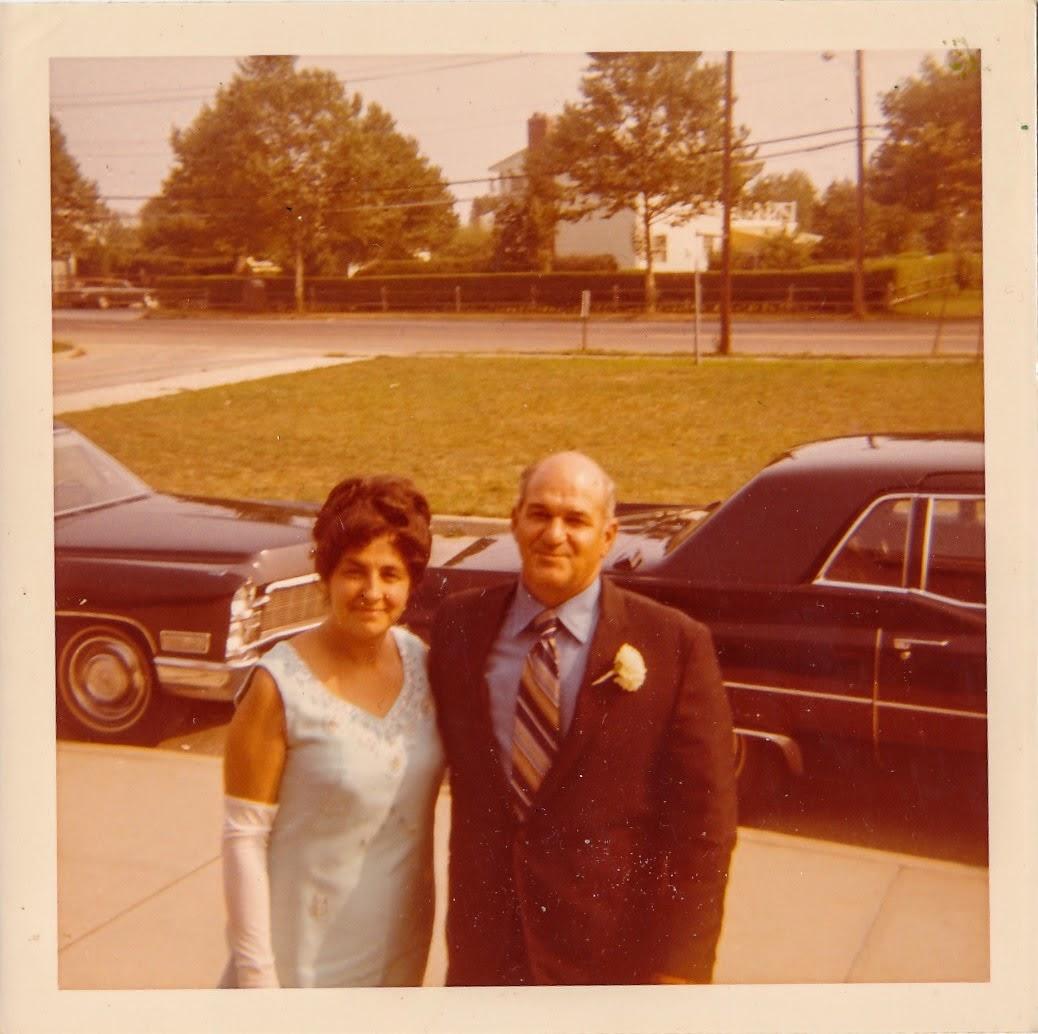
Square with white borders (color): 1970s
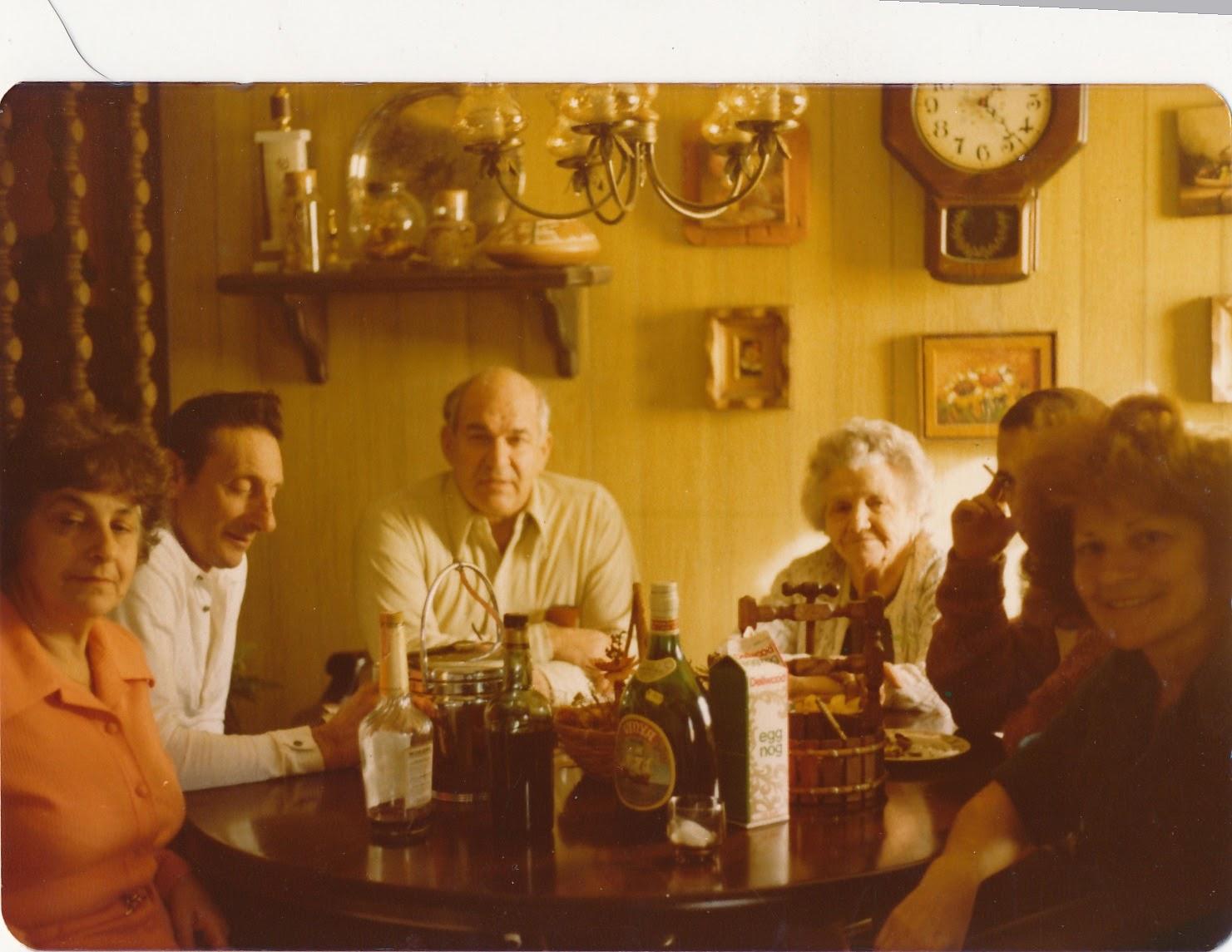
Color photos with rounded edges: 1980s

4×6 prints: 1990s
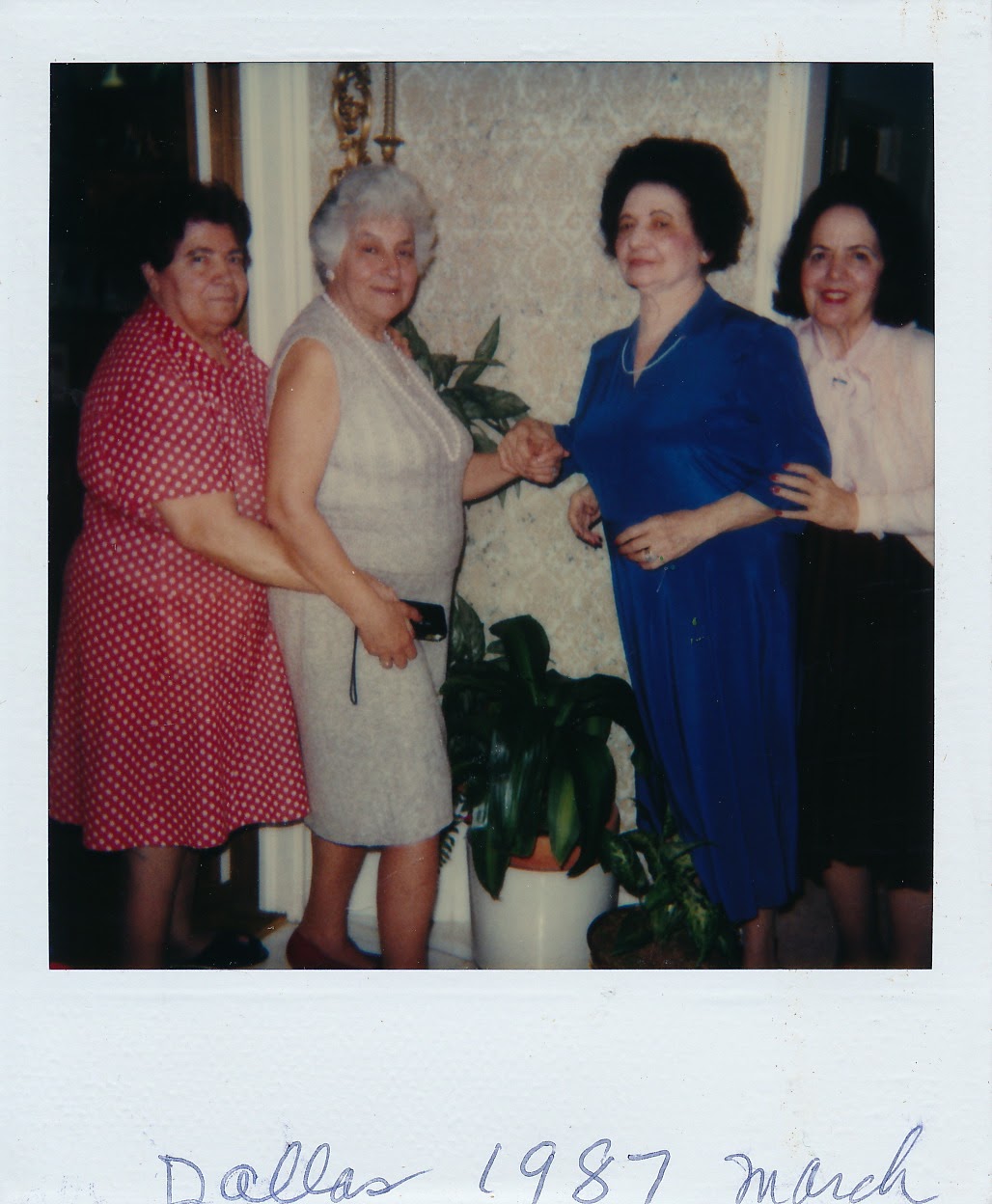
Original-style Polaroid

New “Mini”-style Instant Photos
Polaroids – the first instant camera, easily identifiable by their characteristic white border, were first unveiled in 1948. The company was in peak production around the 1970s and declined in the early 2000s. Polaroid 300, and FujiFilm Instax have introduced a smaller credit card sized film, which have regained some popularity in recent years.
Though color photography has been around since nearly the invention of photography itself it became commercially available to the general public after Kodak’s invention of the slide film, Kodachrome, in 1935.
Looking at the slides brands and logo and type can help narrow down when slides were produced.
Transparencies (Slide and Negative Film)
Age By Format
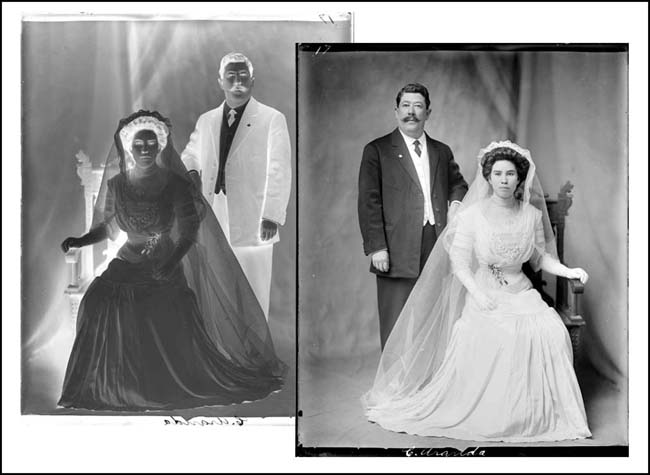
Glass plate negatives were most popular in the late 1800s, with the first invention of the two types being in 1851 (wet plate: in use from then until the 1880s), and 1873 (dry plate: commonly seen from the 1880s to 1920s).
120 and 220 is a popular medium format film which was introduced in 1901.
127 is a roll film that was introduced in 1912. It was especially popular in the 1950s, and although it is still in production today it was outcompeted by the advent of 126, 110 and 35mm films.This format remained popular under the name “Super Slides,” and marketed in tourist gift shops
126 slides were put out on the general market by Kodak in 1963- so those sized slides and square photographs are likely from the mid-1960s and after.
110 film was introduced in 1972 and lost most popularity by the early 2000s.
Disc negatives were marketed in 1982, but never gained much notoriety.
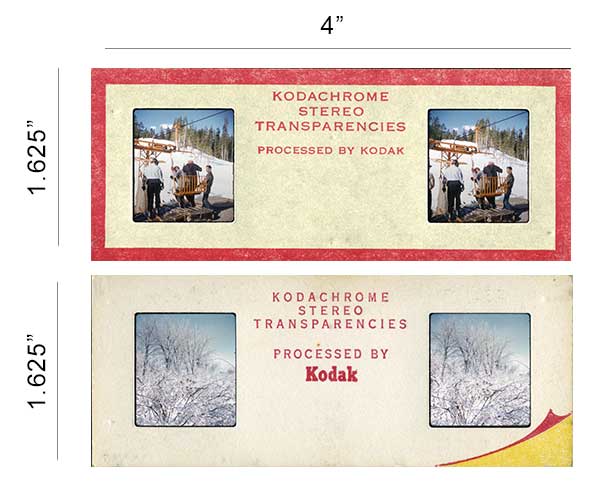
Stereo slide cameras were marketed between the late 1940s through the early 1970s, being most popular around the mid-1950s. Kodachrome stereo slide mounts with the red border were produced before 1957, where slide mounts with the yellow corner would have been processed post-1958 and should have a date embossed on the other side.
35mm film became the most popular photographic film size option by the late 1960’s. It gained steam with its introduction by Leica in 1925, though it wasn’t produced commercially by Kodak until 1934. Many reflex lens cameras were developed to accommodate this film format. 35mm SLRs paved camera style for the development of modern photography.
APS film, developed on the cusp of digital photography, was a short lived medium. The film was first put on the market in 1996, and APS cameras stopped being produced in 2004, though the film was still sold through 2011.
Disposable Cameras, first released by Fujifilm in 1986, used 35mm film. Kodak’s 1987 version used 110, but they released a 35mm version over the next two years. Popularity of these cameras peaked in the early 2000s.
Photography took a huge turn after the late 1990s when digital cameras became affordable to the general public.
Age By Brand

Agfachrome (slides): Agfacolor Neu introduced in 1936.
Ektachrome (slides): released to the public in 1946.
Kodachrome (slides): became available for 35mm slide format in 1936 and had a really long run, remaining on the market until 2009.
Being the dominant market, most slides are Kodachrome. Luckily you can actually narrow down the date taken based on the logo and branding around the borders. Check out this super useful visual guide.
Kodachrome II (slides): was released in 1961, the same year Kodak Carousel projectors became popular: the round tray which holds 80 slides.
Kodacolor, the first color negative film came out in 1942, though 35mm Kodacolor film was not available until 1958
For invention and discontinuation dates on more obscure slide types search through this comprehensive list
Albums

The first photographic albums came about in the mid-1860s, in conjunction with the carte de visite. Having a coffee table book with your collection of family photographs started the practice of these first photo books. The increase in popularity of cabinet cards saw the decline of the photos albums in conjunction with the loss in popularity of the carte de visite (c. 1890s/ early 1900s). There are some carte de visite albums but the industry did not recover until the scrapbook revival which appeared at the invention of the Kodak brownie in 1900 and advent of the “snapshot” style photography.
Black construction paper albums were an abundant format pre-1950s/60s.
Magnetic, or sticky albums, gained popularity around the 1970s.
Modern scrapbooking came about in the 1980s.
Square 12”x12” scrapbooks became marketable in the 1990s in conjunction with 4×6 prints.
Other tips for how old your photos are:
If you can’t find helpful information based on the type, brand, and format of your photos try doing research using context clues of the image itself:
- Trending fashion and hairstyles can give clues to what decade photos were taken in. This website refers you to a bunch of different helpful databases to brush up on your historical runway.
- Landscape, building styles, cars and furniture can provide context
- Use the Information from the photo studio:
- Try researching the photography studio’s dates of operation
- The background and props in old posed studio portrait can glean clues
Print manufacturer’s changed the type of logo they used on the back of prints. Check this guide for information on photo stamping.
It can be challenging to figure out exactly when a photo was taken, and precise specifications can be difficult to glean with older photos. Don’t get too caught up in days, just having years or decades can still go a long in chronicling your family history.


